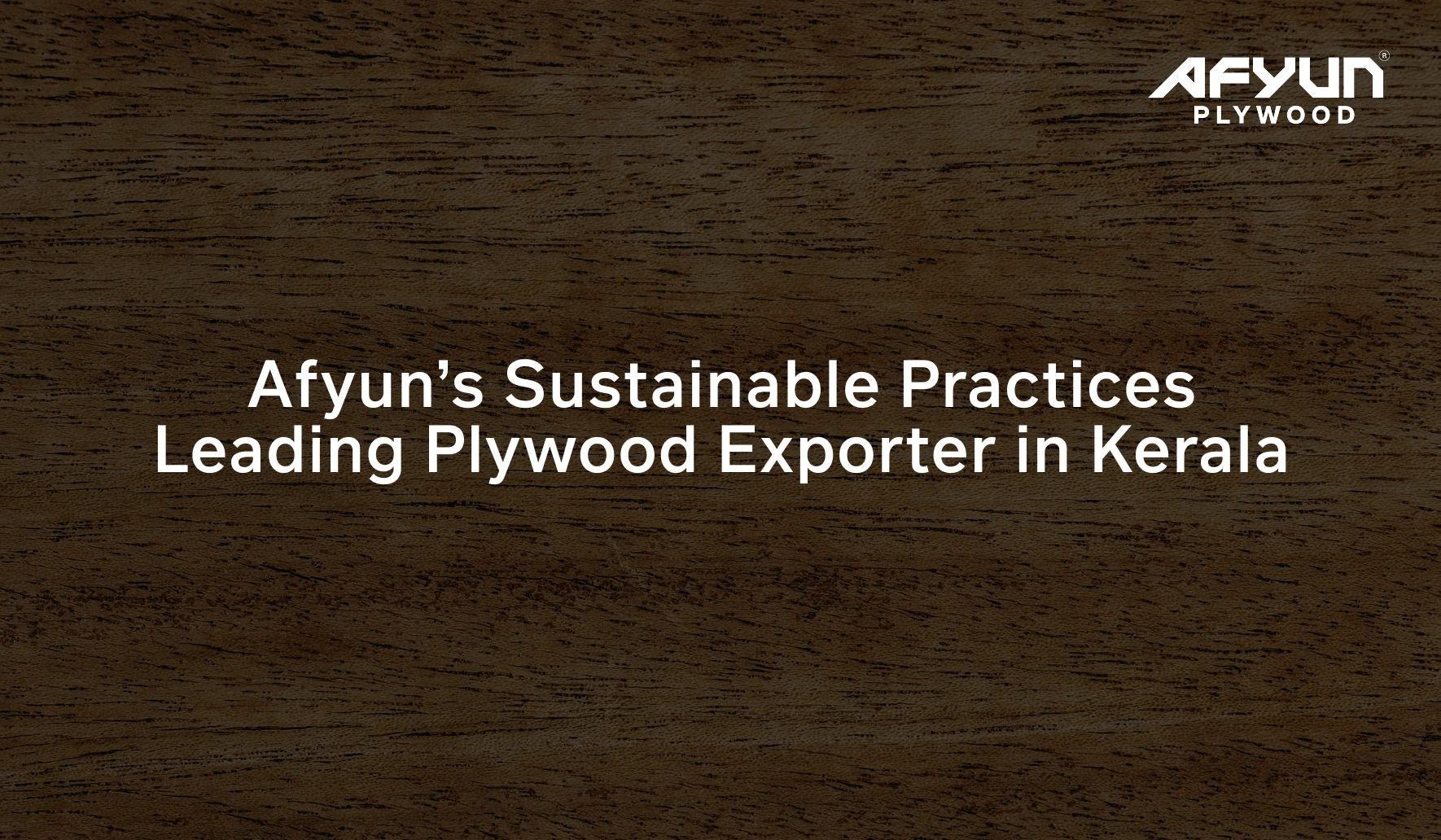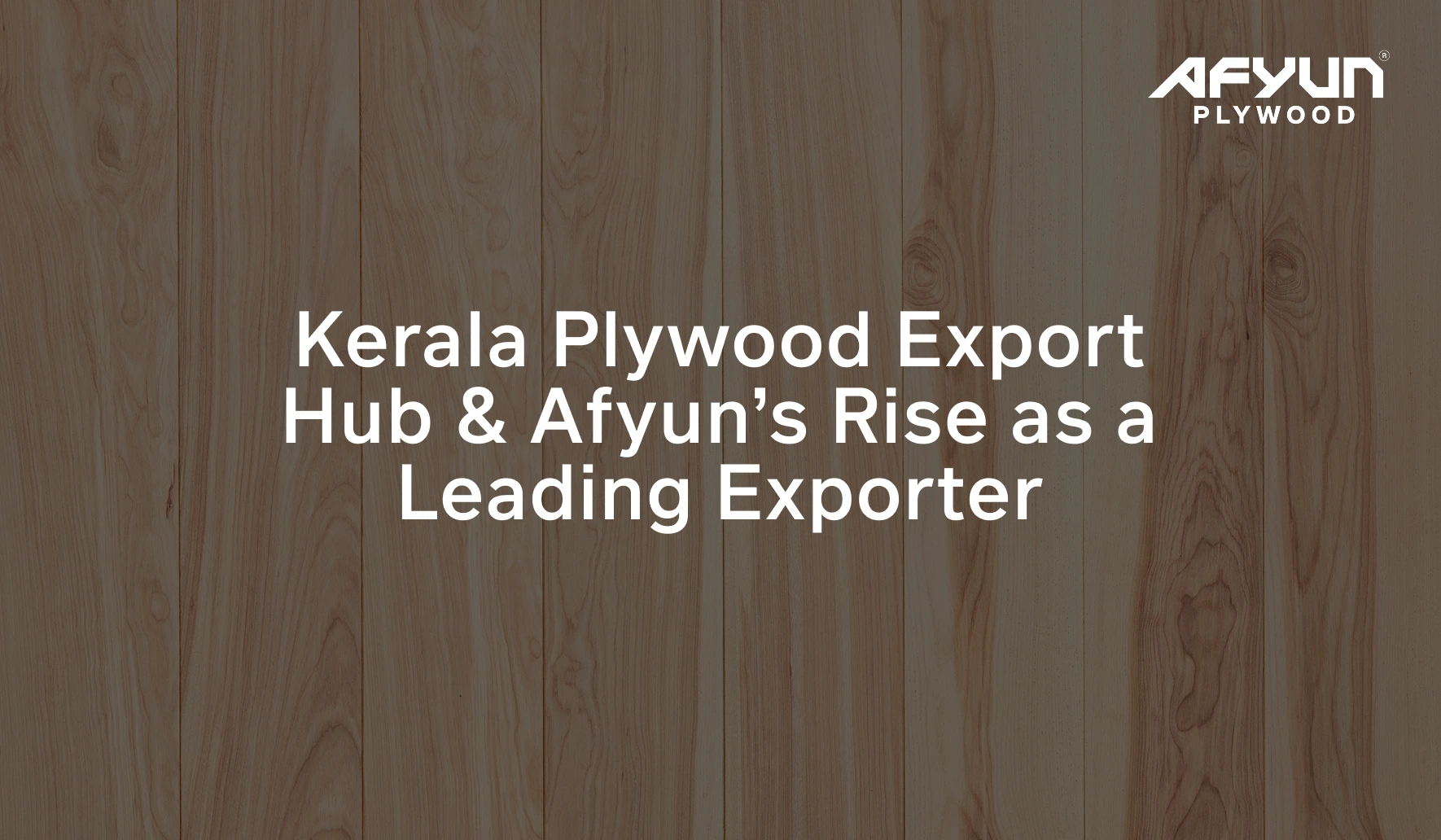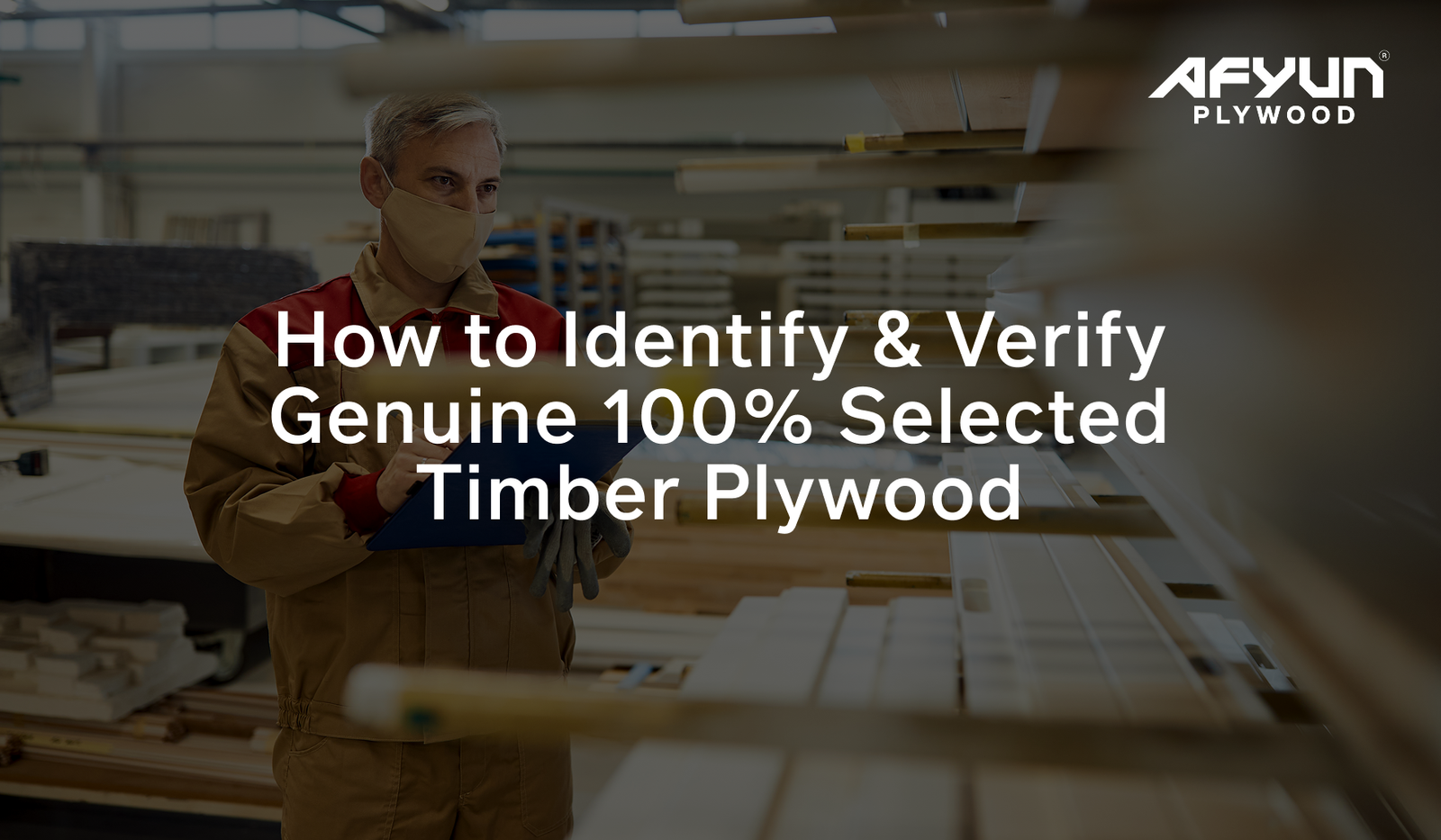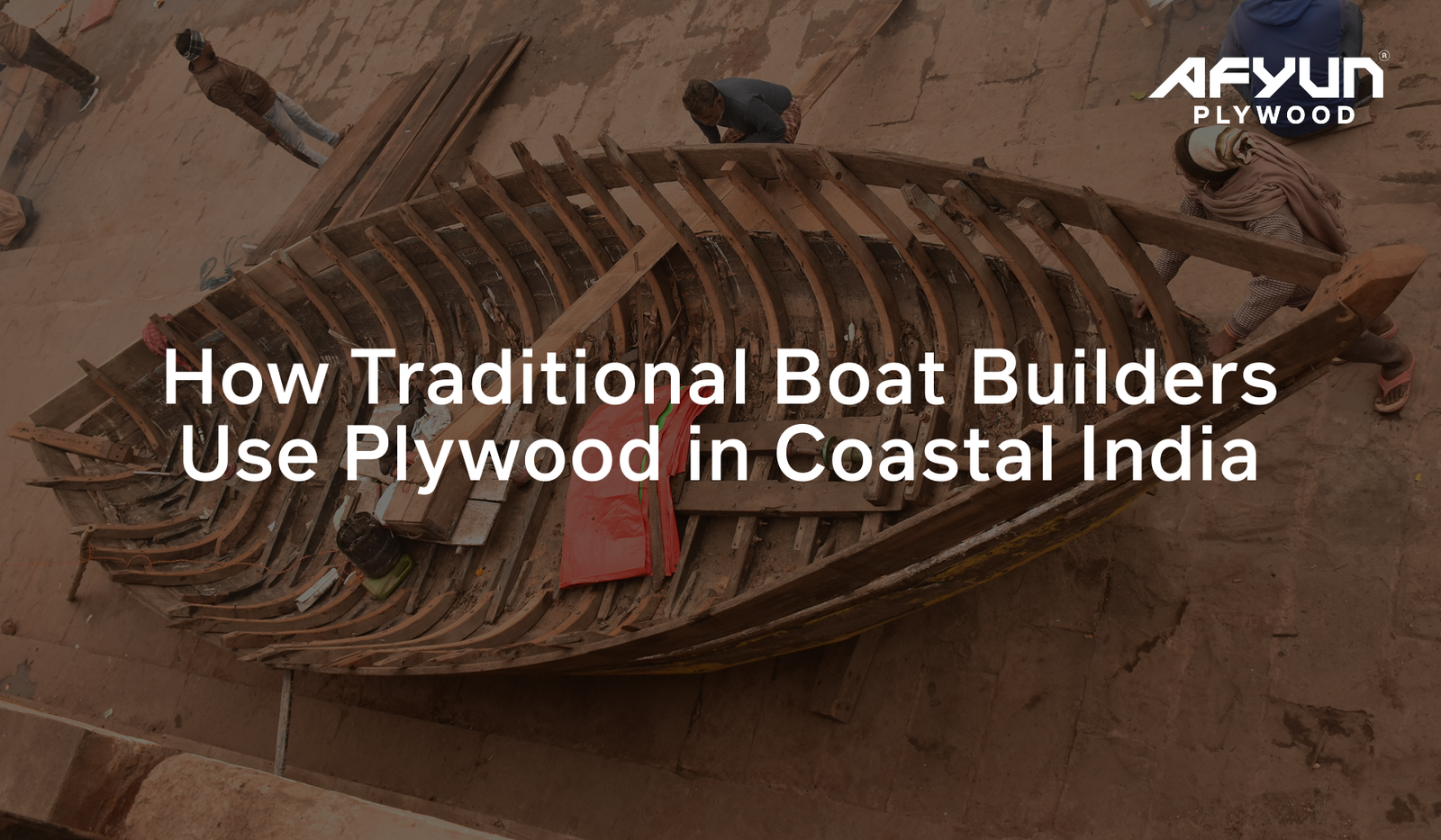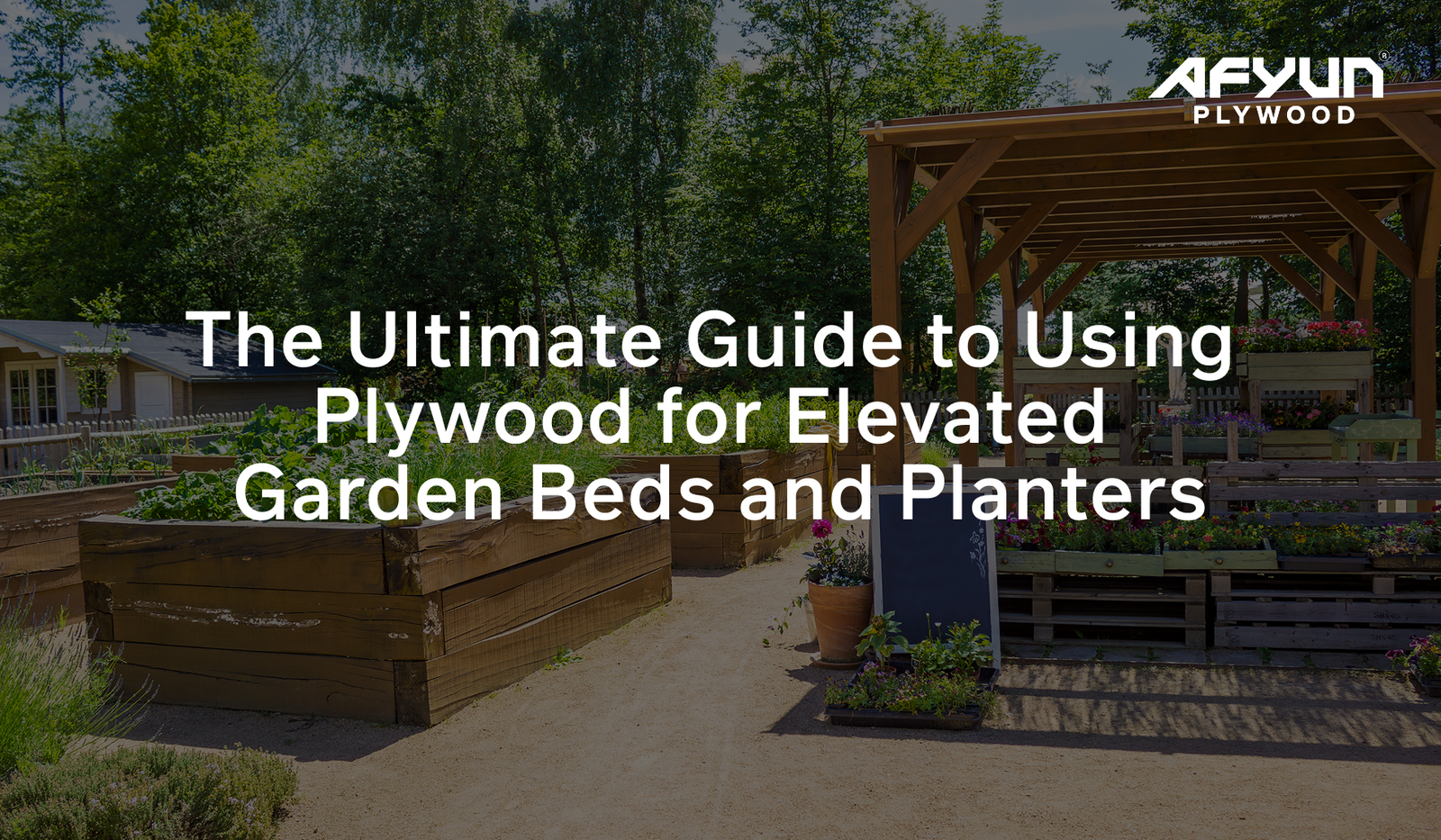In the growing construction and interior furnishing landscape of the Middle East, choosing the right plywood can make a significant difference in the durability, aesthetics, and performance of a project.
Afyun, a reputed plywood exporter from India, offers a premium range of ISO-certified plywood ideally suited for the region’s climatic and architectural demands. With over 23 years of industry experience and a customer-first approach, Afyun stands as a trusted partner for contractors, builders, and designers across the GCC region.
Why Afyun plywood excels in the middle east market
The Middle East presents unique challenges such as high temperatures, humidity in coastal areas, and a demand for luxurious finishes. Afyun’s plywood is engineered to perform exceptionally well under these conditions, combining Indian craftsmanship with advanced manufacturing standards.
1. Superior Quality and Standards
Afyun adheres to ISO and ISI certifications, guaranteeing that every plywood sheet meets stringent global benchmarks. These certifications reflect Afyun’s consistent focus on structural strength, dimensional stability, and long-lasting performance. Whether used in residential, commercial, or hospitality projects, Afyun plywood retains its integrity even in challenging environments.
2. Range of Specialised Products
- Afyun Caliber: Engineered for maritime excellence, this marine-grade plywood offers unparalleled moisture resistance, structural integrity, and durability, ideal for coastal applications, shipbuilding, and premium construction projects.
- Afyun Fireman: Responding to heightened safety standards, this product utilizes high-density hardwood veneers and advanced fire-resistant treatments to reduce fire propagation and ensure compliance with strict regulations.
Afyun’s dual focus on marine and fire-resistant plywood perfectly aligns with Middle Eastern market requirements, addressing both architectural ambition and safety needs
3. Designed for the Middle East Climate
The region’s intense heat and humidity can impact inferior plywood quality. Afyun’s export-grade plywood is treated with anti-termite and anti-borer chemicals, making it resistant to pests and decay. The boards undergo moisture control and stress tests, ensuring stability in both dry desert conditions and humid coastal zones.
4. Sustainability and Eco-Conscious Manufacturing
Afyun is deeply committed to sustainable production practices. The company minimizes waste and optimizes resource utilization through responsible timber sourcing and eco-friendly adhesives. Its zero-emission and low-VOC plywood lines contribute to healthier indoor air quality which is an essential factor in green-certified projects common across middle eastern countries.
5. Guarantee and Customer Confidence
The brand’s assurance policy including product warranties and 3–7 times money-back guarantees demonstrates complete confidence in quality and service. Afyun’s customer-centric model ensures transparent communication, on-time delivery, and responsive after-sales support.
6. Cost Efficiency with Premium Value
While Afyun offers competitive pricing, the primary advantage lies in its cost-to-quality ratio. The plywood’s lifespan, finish quality, and structural stability create long-term savings, reducing the need for frequent replacements or repairs. For large-scale construction firms and interior design companies, this translates into improved ROI over the project’s lifecycle.
7. Proven Reputation and Client Satisfaction
Afyun’s credibility is reinforced by numerous positive client testimonies praising the brand’s quality, durability, and prompt service. These reviews reflect years of consistent performance and trust-building with professional builders and retail consumers alike.
8. Applications Across Sectors
Afyun’s versatile plywood range is widely used in:
- Premium residential interiors
- Office and commercial fit-outs
- Hospitality and retail environments
- Infrastructure development and formwork
- Marine and moisture-prone applications
Final Thoughts
For builders, architects, and furniture manufacturers in the Middle East, Afyun’s plywood offers a combination of robust engineering, environmental responsibility, and verified quality assurance. Backed by a legacy of trust and craftsmanship, Afyun continues to bridge India’s plywood strength with the modern aspirations of Middle Eastern construction excellence.
Want to know more? Feel free to get in touch with us
